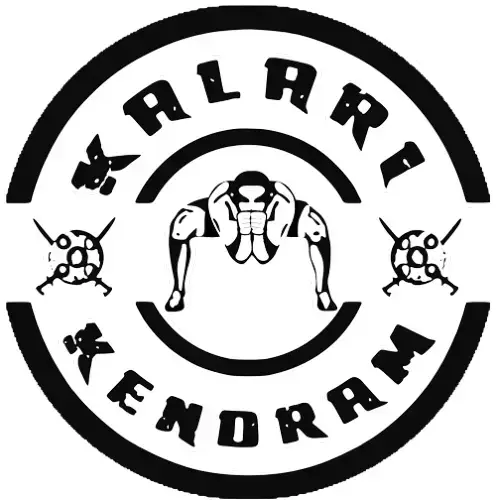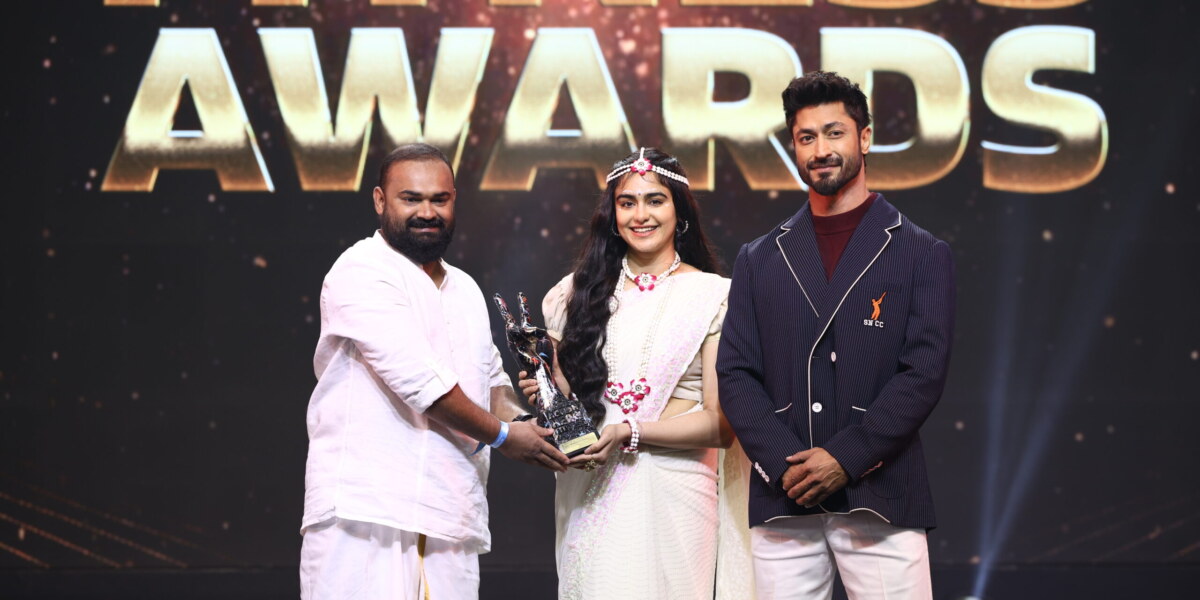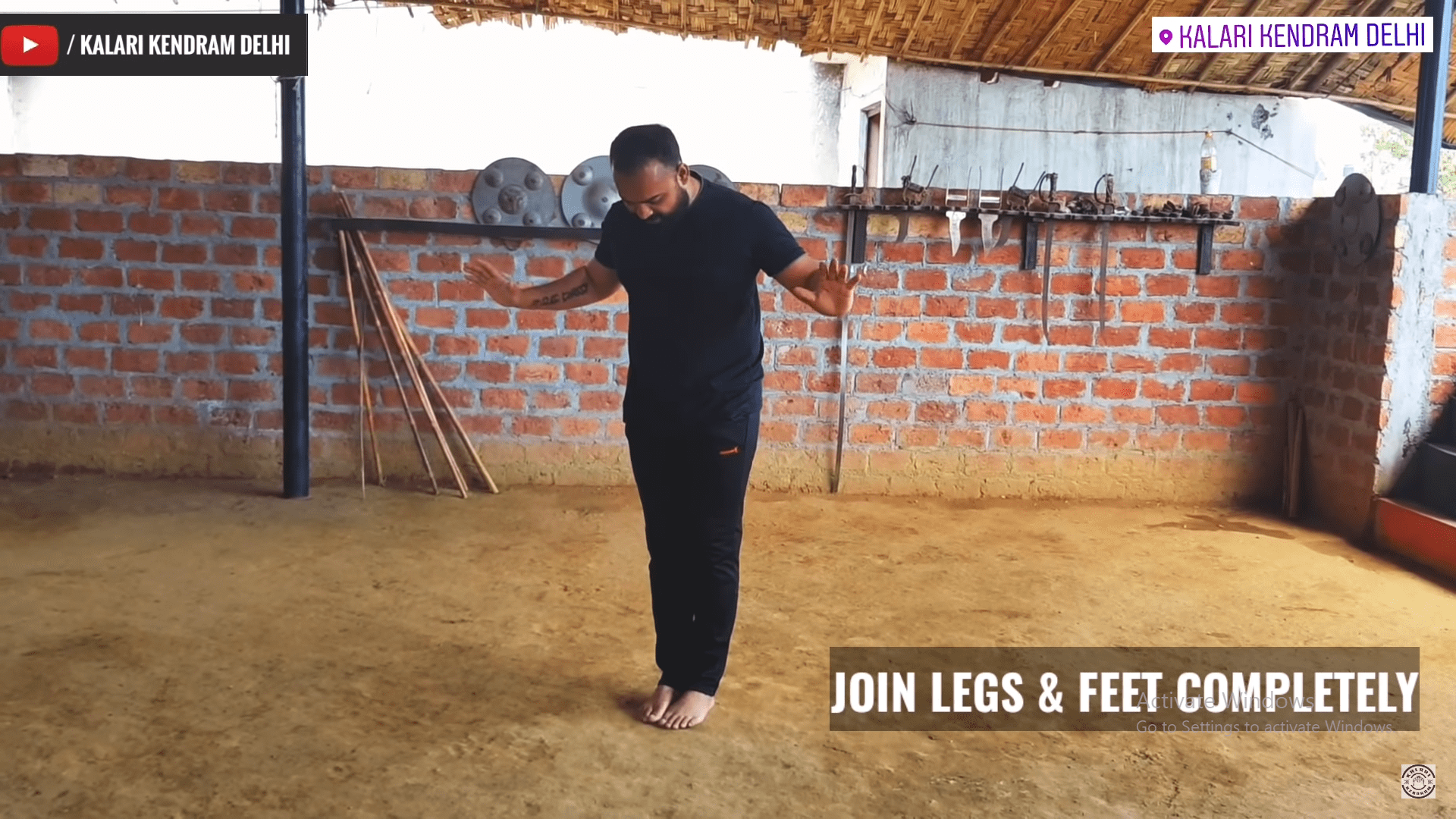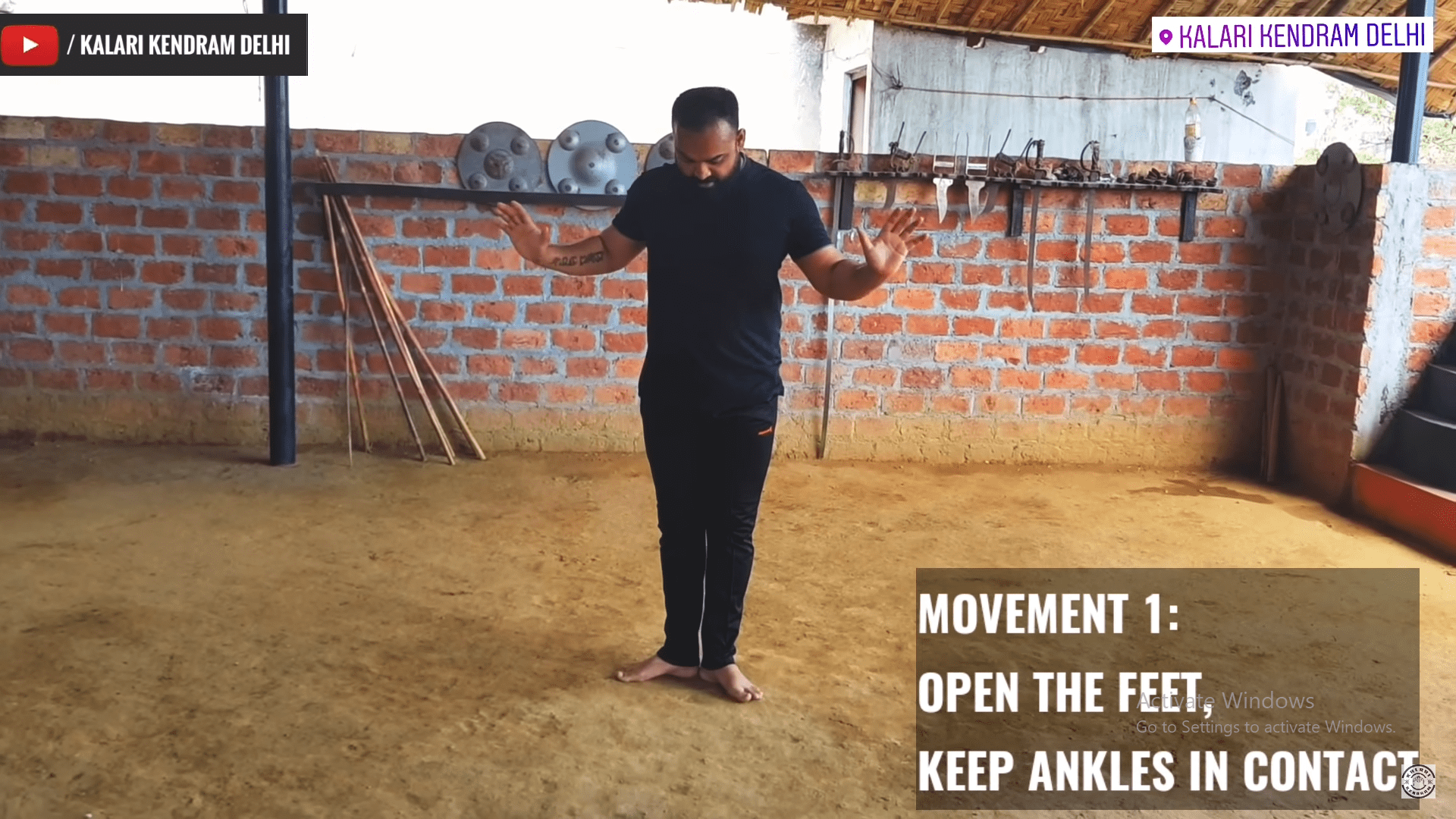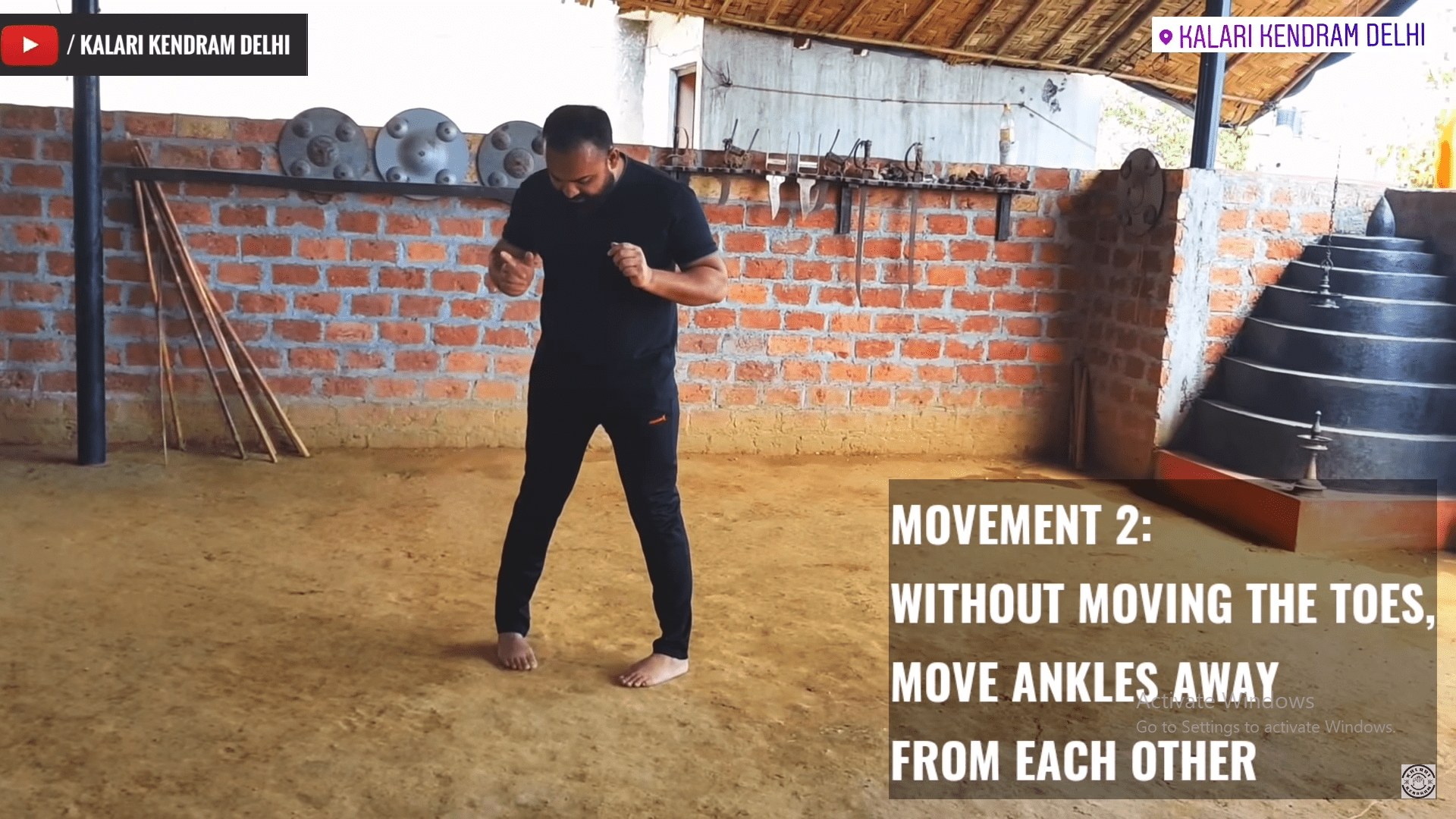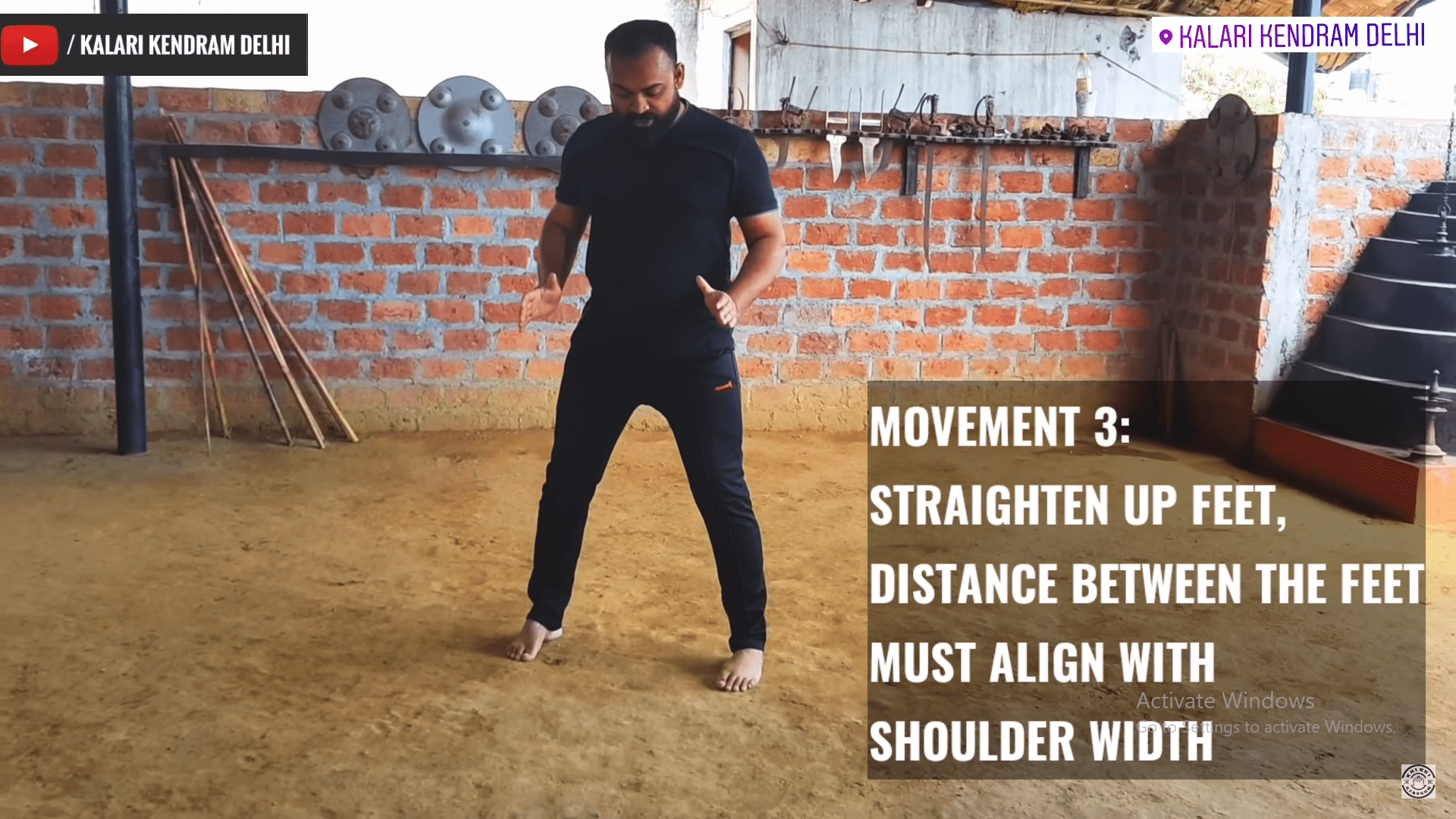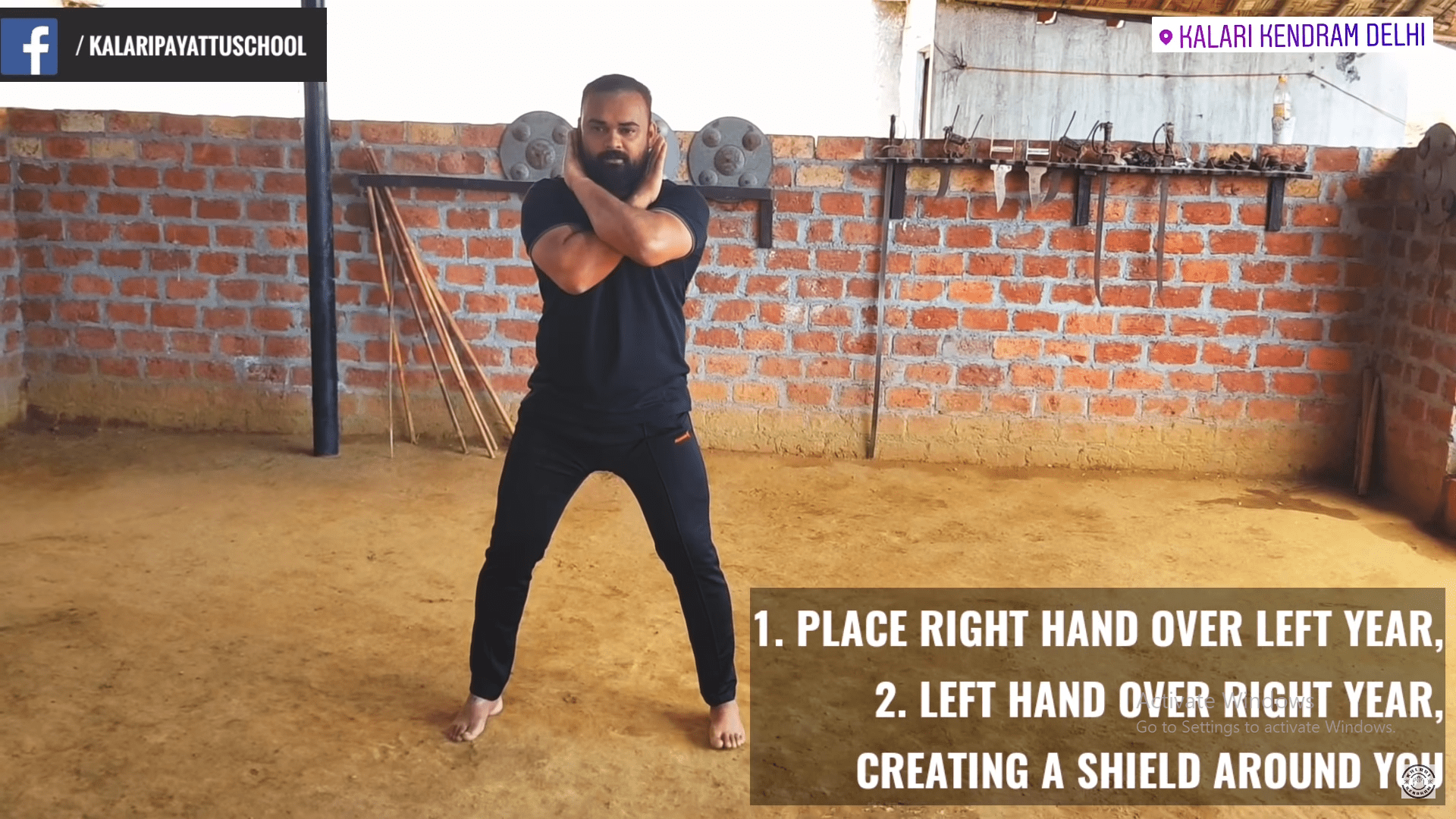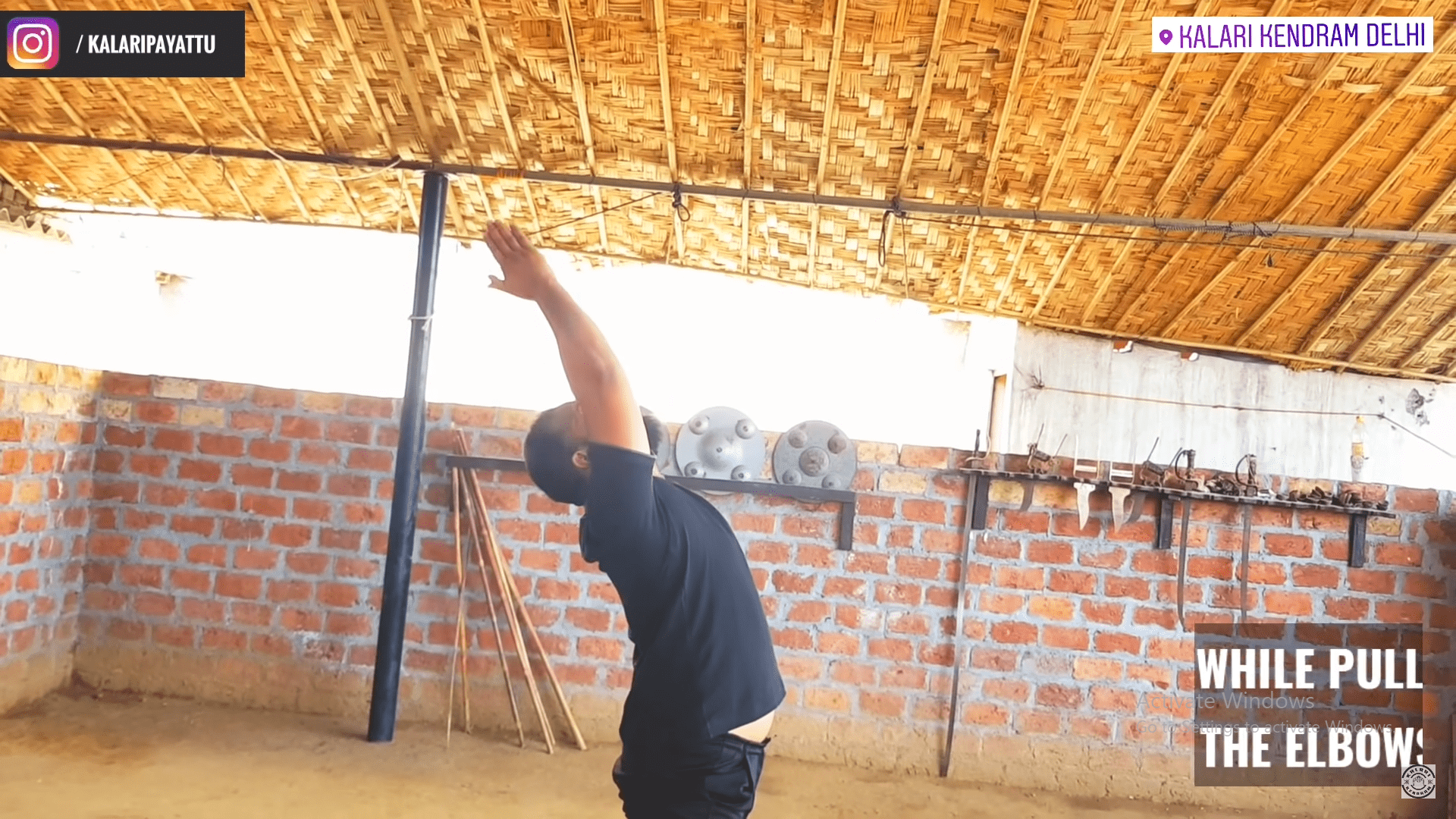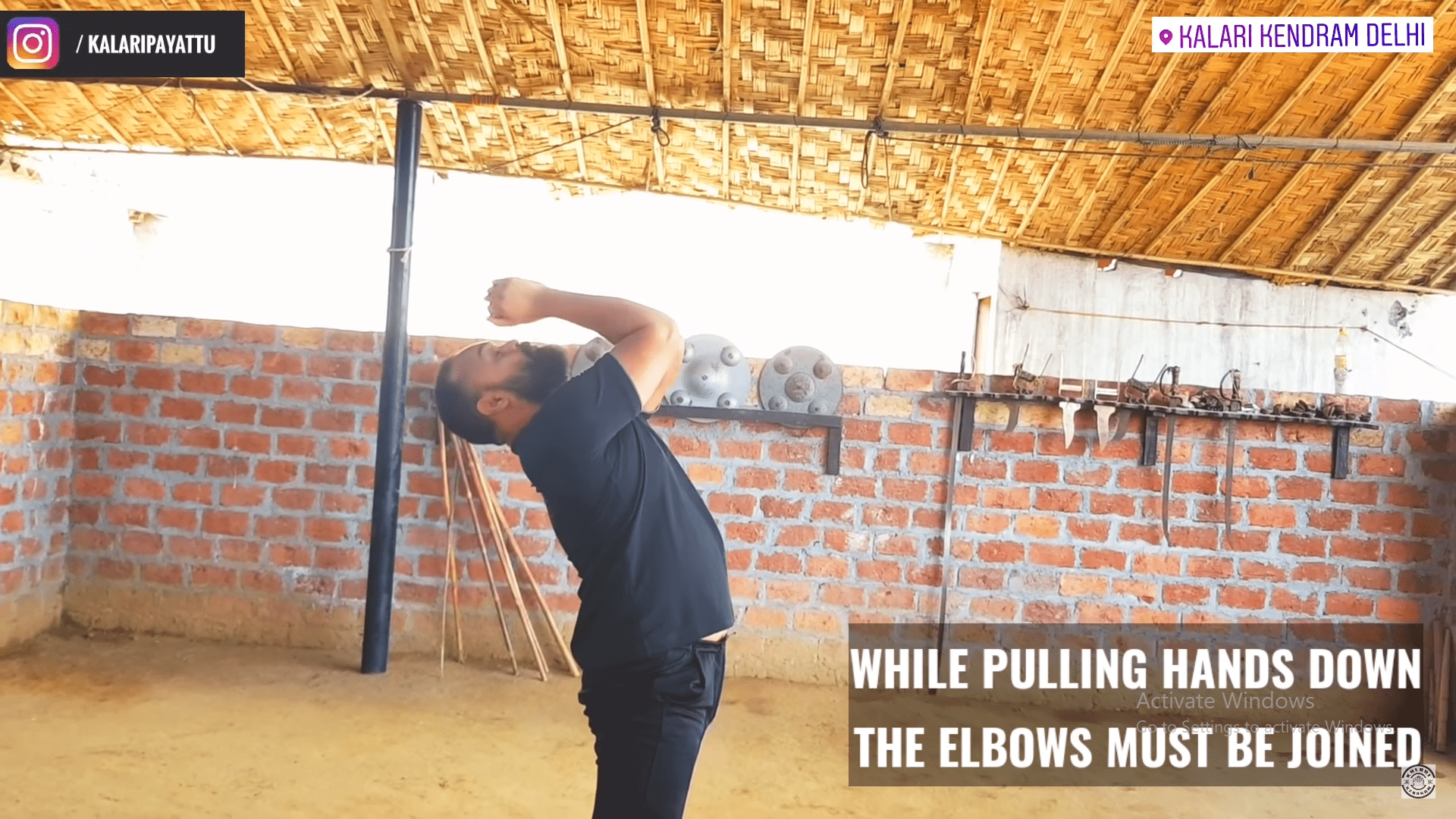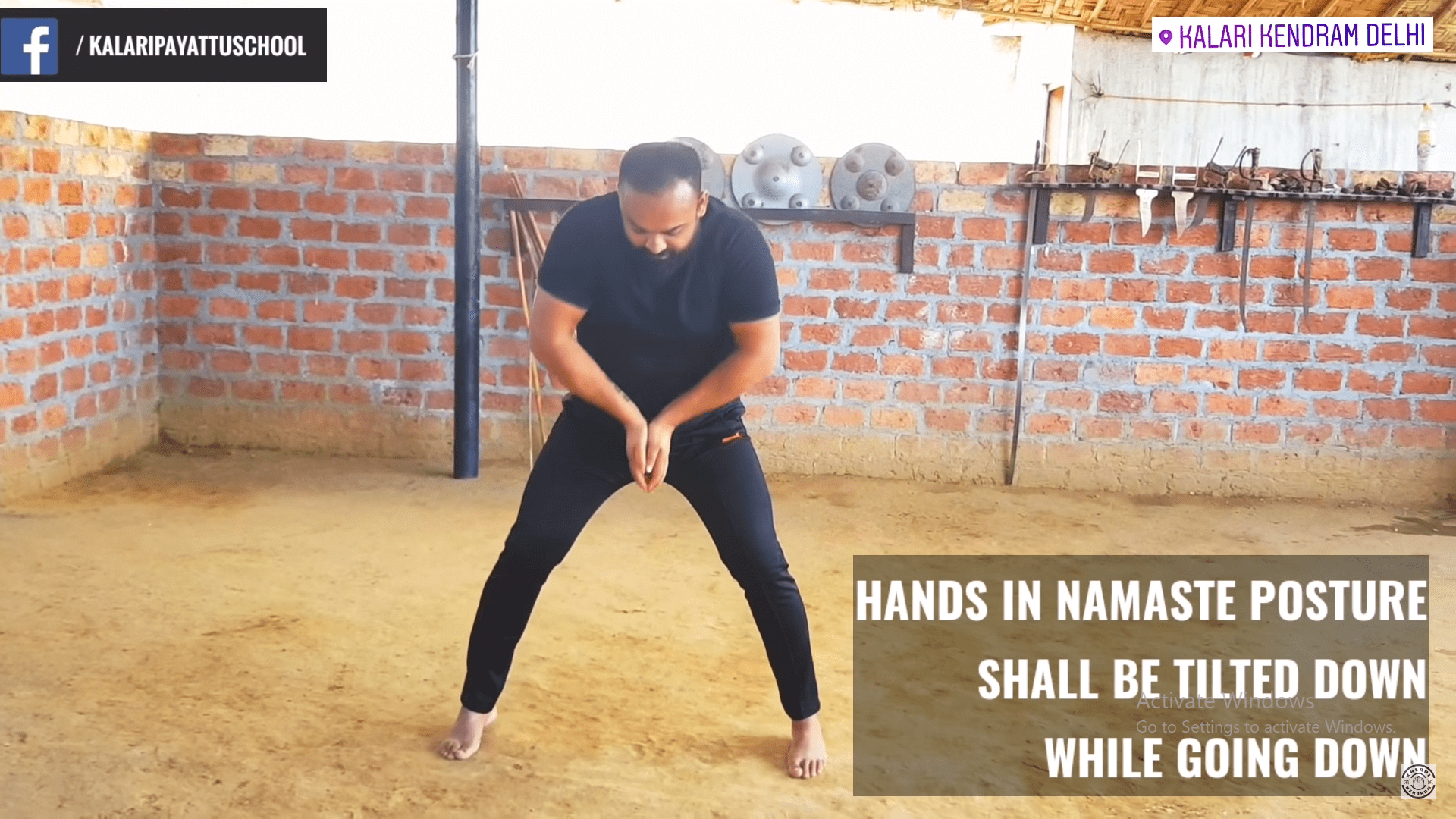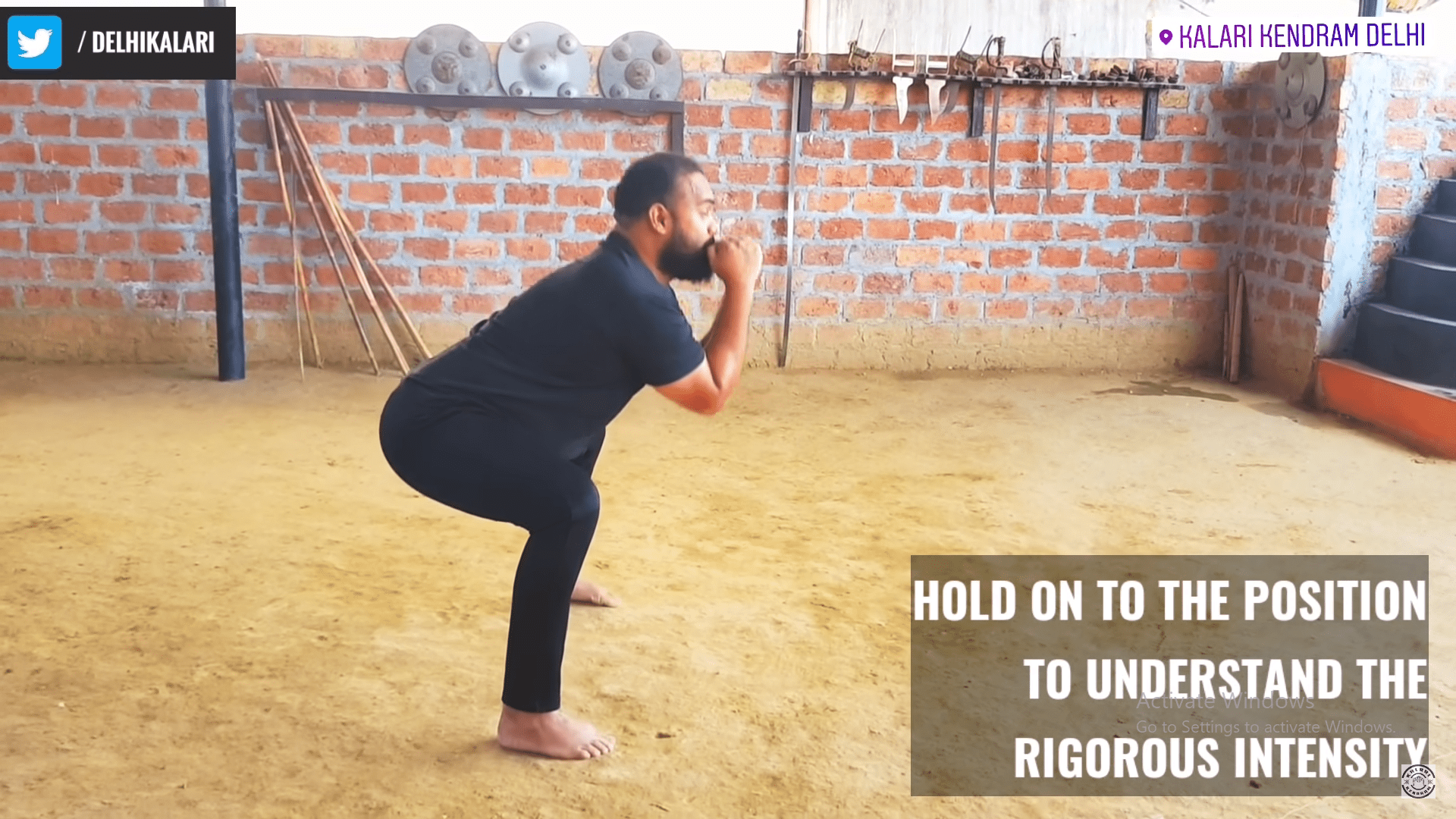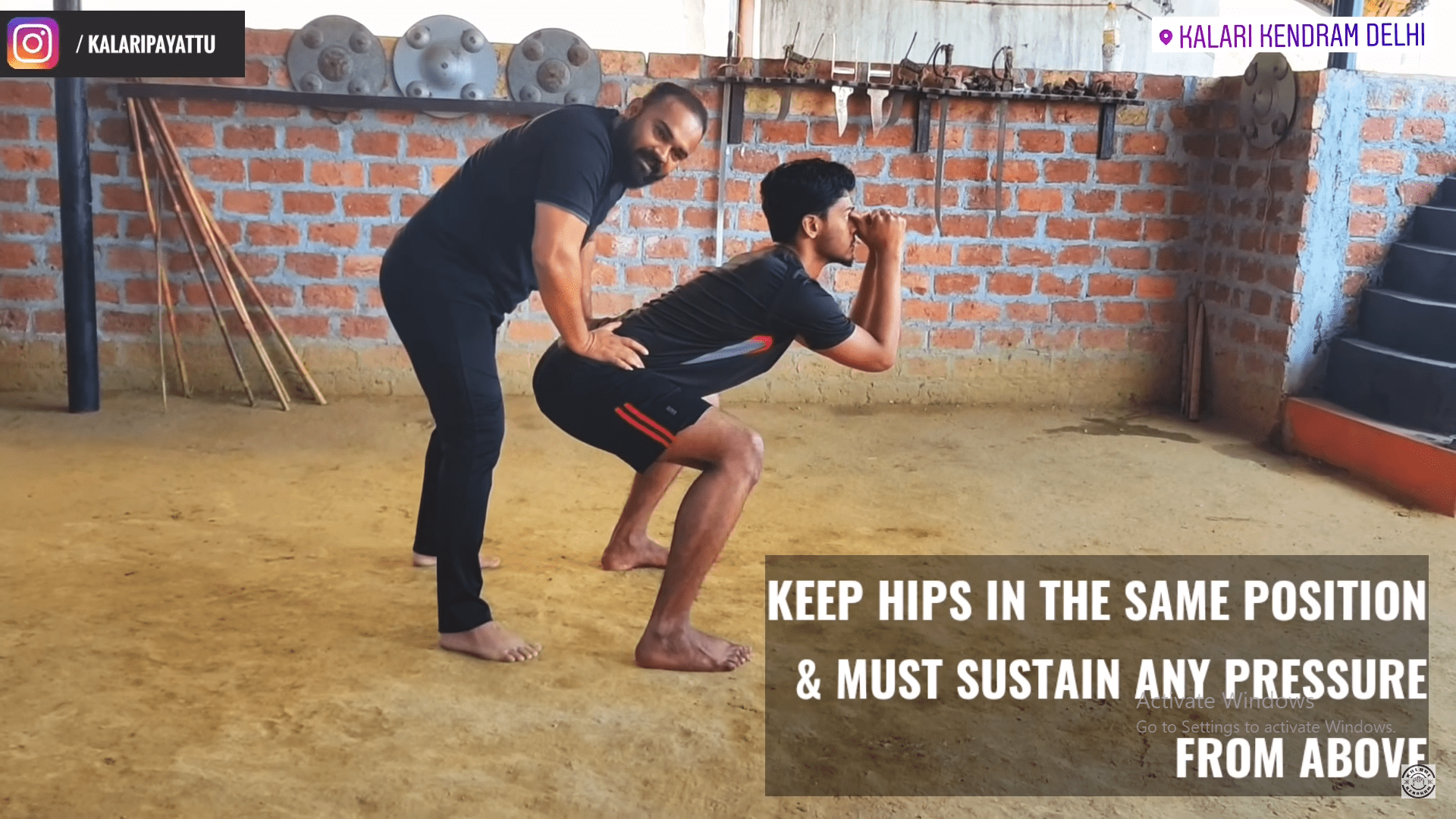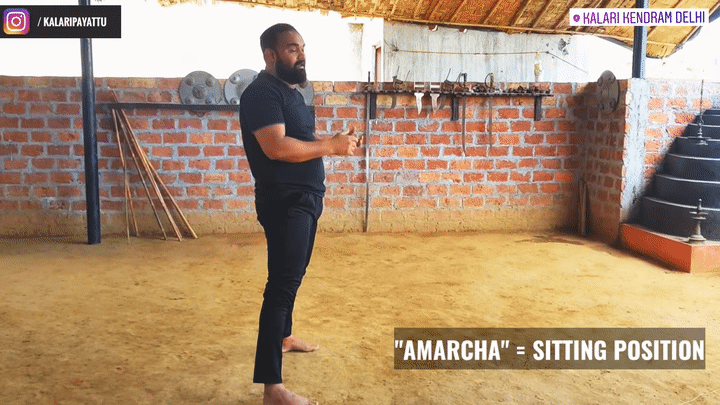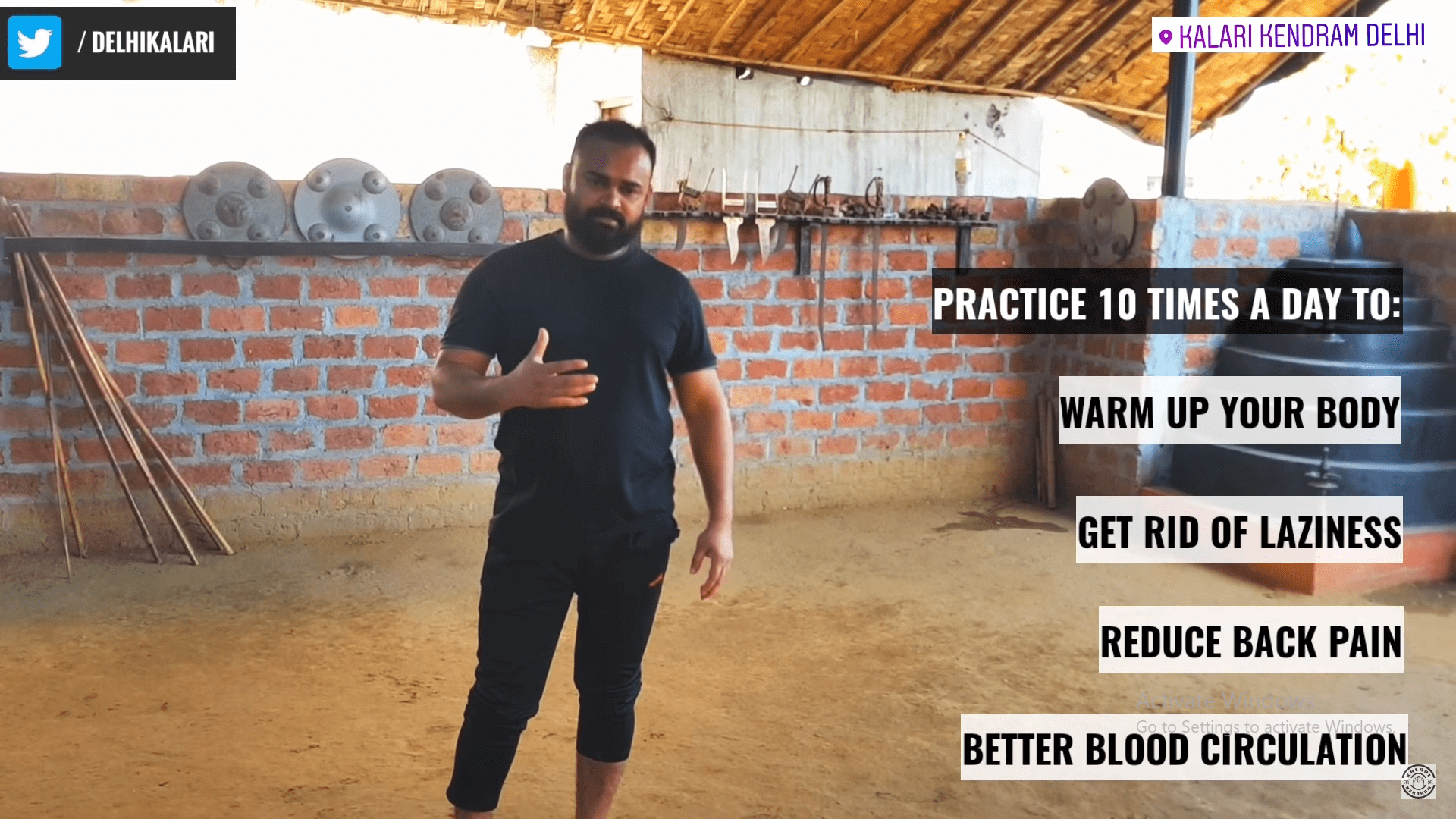Kalaripayattu being a unique combative Sport of South India is the ultimate best event idea for its fast-paced, action-packed sequences that leave the audience awestruck. Here are the 3 reasons to choose Kalaripayattu for your next big event
In a recent Global awards event in Mumbai, “Action Hero Fitness Awards”, hosted by Vidyut Jammwal, Gurukkal Shinto Mathew of Kalari Kendram has been chosen and awarded for excellence
Are you ready to unleash your inner beast and master the ancient art of warfare? If so, you might want to learn Kalaripayattu, the legendary martial art that originated in India thousands of years ago. Kalaripayattu is not just a physical exercise, it is a spiritual journey that will transform your life.
Kalaripayattu is based on the observation and imitation of nature’s fierce creatures, such as elephants, lions, tigers, and snakes. By learning their movements, postures, and techniques, you can develop your fighting skills and survival instincts. You can also enhance your awareness, agility, and balance, just like an elephant, one of the most formidable fighters in the animal kingdom.
One of the most important aspects of Kalaripayattu is the Vadivu or the Animal Stance. There are eight main Vadivus, each named after a different animal. In this article, we will focus on the Gajavadivu or the Elephant Stance. We will guide you through the steps of mastering this stance, and show you how it can benefit your physical and mental well-being.
The Gajavadivu is a symbol of strength, grace, and intelligence. It involves standing on one leg with the other leg bent at the knee and raised in front of the body. The arms are extended to the sides with the palms facing down. The head is tilted slightly to one side with the eyes looking straight ahead.
The Gajavadivu helps you to improve your stability, flexibility, and coordination. It also strengthens your core muscles and legs and tones your abdomen and hips. It also boosts your confidence and concentration and calms your mind.
Gaja Vadiv Step by Step:
1) Initial Stance: Stand straight with your feet together.
2) Measure Shoulder Width:
Protrude your heels outward to shoulder-width apart, keeping your toes touching each other. Align the heels with the toes, ensuring your feet are parallel and shoulder-width apart.
3) Make Body Shield
Bent the elbows and held in front of the body, with the hands open and palms facing forward. This will create a shield around your body.
4) Inhale and Backbend:
- Inhale deeply and join your hands in Namaskar Mudra (prayer position) overhead.
- Take a slight backbend as you raise your arms.
5) Exhale and Forward Bend:
- Breathe out as you gently lower your palms towards the floor, maintaining the Pranam Mudra.
- Take it all the way between your legs and then lift the arms pointing the thumb towards the forehead. Make your torso parallel to the floor.
- Touch your elbows together, curl your fingers, and point your knuckles upwards
- Exhale and maintain a neutral, flat back as you bend forward.
6) Squat:
- While squatting, lower your hips, tucking your tailbone inward. Maintain
strong legs in an L shape, ensuring that your knees are perpendicular to your ankles, and your upper thighs remain parallel to the floor. - Make your torso parallel to the floor during this squat.
- Keep the forearms close together as you take them between your legs.
- Lift your arms with your thumbs pointing towards your forehead.
- Touch your elbows together, curl your fingers, and point your knuckles upwards.
- Touch the tip of your thumbs to your forehead.
7) Focus and Hold:
- Focus your gaze softly between your hands or on a point in between your eyebrows.
- Maintain this Gajavadiv posture for at least 3 to 6 long breaths or as per your capacity.
- Keep increasing your capacity, you must be able to sustain any pressure from above
Precautions while doing Gajavadi:
● Foot Position: Ensure that your feet are not too wide apart, and your toes should point forward. Keep your legs straight and turn your heels inward. And the distance between legs should be of shoulder width. Press your feet firmly on the ground.
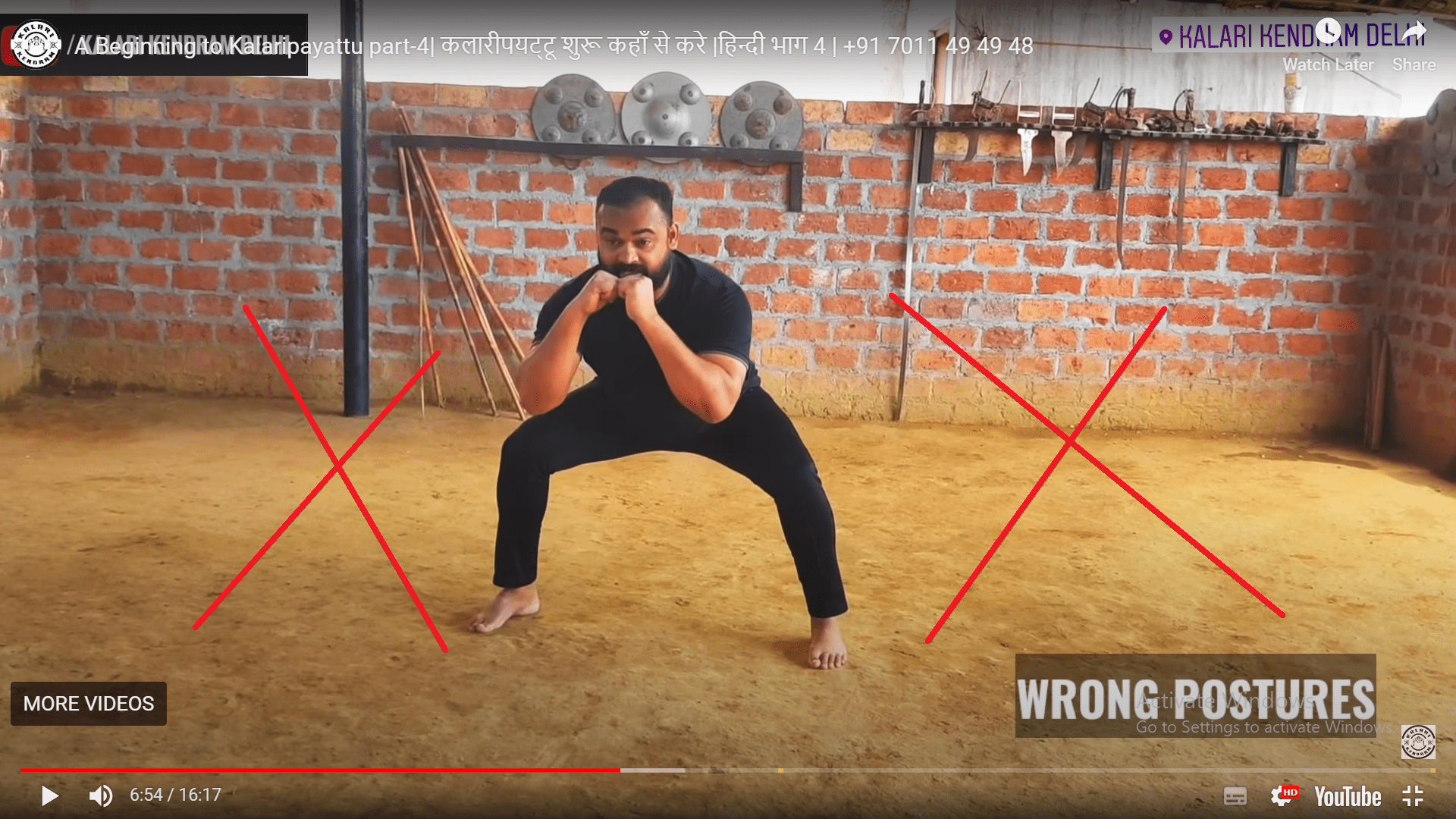
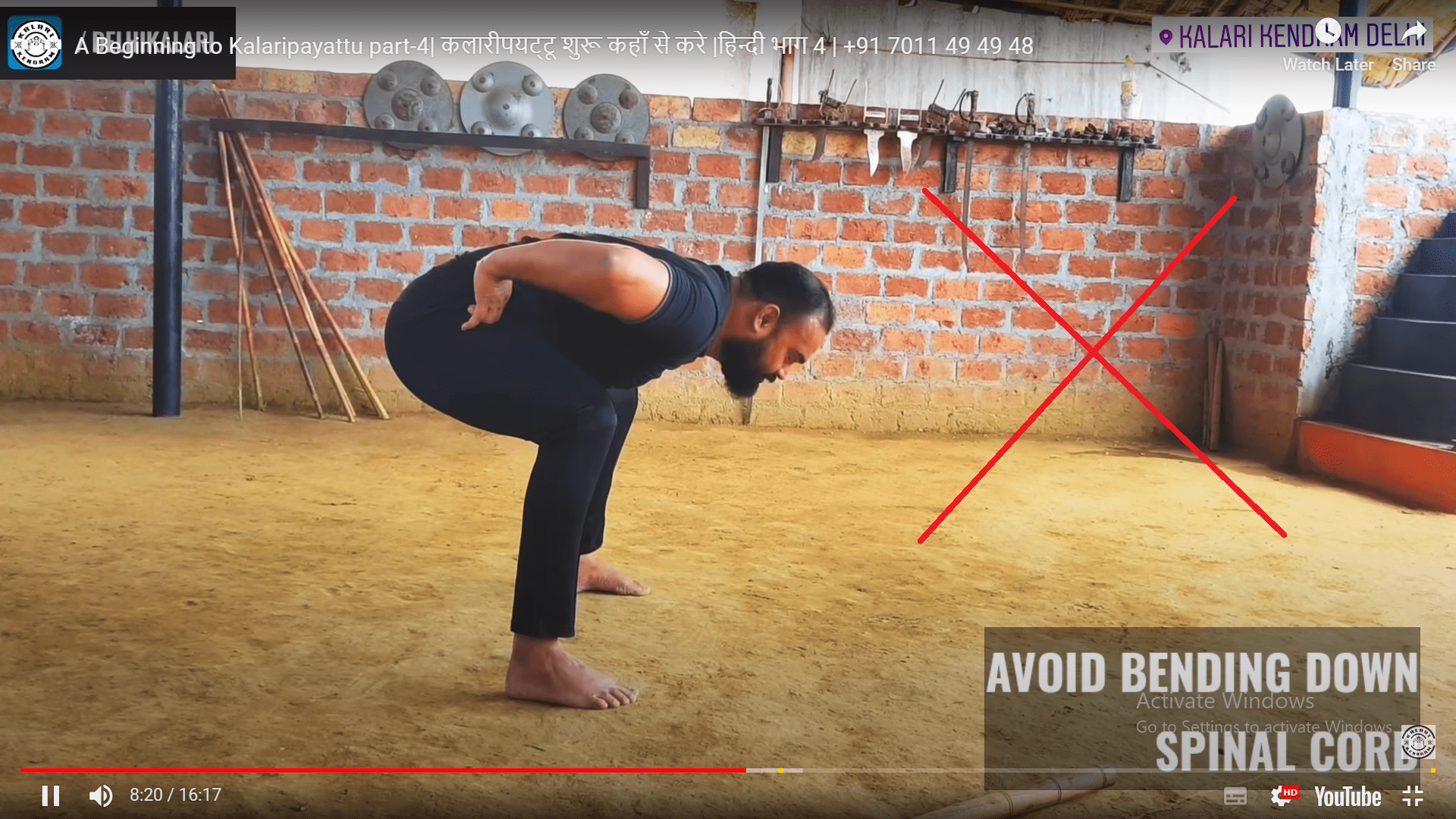
● Balance and Weight Distribution: Your weight should be distributed on your thighs and hips, not on your knees. Focus your power into your legs as you pull your body back.
Maintain your balance and posture throughout the exercise. Focus your power in your legs, hips and thighs.
● Avoid Strain: Be cautious not to overstrain your body while performing this posture.
● Practice: Practice this posture regularly to improve your martial arts skills and body fitness.
Important Lessons from Gajavadi:
LESSON #1
The first lesson that the elephant teaches us is that a warrior’s biggest strength is his strong physical being.
Therefore, the Gaja stance is taught to gain strength in the hips, thighs, spine, and ankle with the help of a stance called AMARCHA.
This is indisputably the best workout for your leg strength and backbone flexibility. It is power-generating in its character and hence thorough practice is needed to attain this stance.
LESSON #2
The second lesson is learned while observing the movement of its trunk.
A Kalari practitioner is taught to move in such a manner that it attains the unmatched flexibility of the trunk of an elephant that it uses to grab, pull, and attack an opponent.
Therefore, in the Gaja posture hands are taught to move in a particular form while using the whole body flexibly, especially the ‘spine’ and take the stance of a shield in front of the chest to protect the weak areas of the neck, collar bone, chin and face in an alert position of defense.
Just by looking one cannot know how strengthening and challenging this hand gesture with jointed elbows, covered abdomen, and straightened spine is unless one does it themselves.
LESSON #3
The third lesson that we learn from an elephant is that of its inexhaustible agility and swiftness irrespective of its size.
Therefore, in Kalari, the warrior is taught to achieve enough courage and strength to fight the whole crowd and disperse it alone singlehandedly.
This stance in its various forms and application of combat is one of the best means to achieve this tremendous speed and vigor in the body irrespective of body weight, age, sex, and physical activeness. in fact, practicing this stance leads to whole-body transformation.
LESSON #4
The fourth and most crucial lesson that we take from an elephant is that of its mental strength which makes it a winner.
Therefore, in Kalari, A warrior is taught to become a ruthless fighter by more of her mental strength than her physical ability. And that mental strength gives the confidence to use the body fearlessly in times of need.
Hence, Kalari Kendram always focuses on teaching the capacity and ability to ‘ take an attack’ as much as taught how ’to attack’ with the rigorous practice of this Gaja vadivu not only instance formation but in a rhythmic -vitality consuming- body movements and holds which boosts the confidence in oneself inside out evidently.
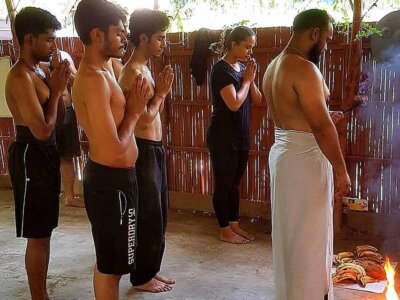
World’s 1st ever Martial art is born in INDIA.
Its not everyday that a treasured art like Kalaripayattu is born and you know it is nothing ordinary when its the creation of not humans but the Gods themselves.
It is carefully constructed with the sharp observations made on the complexities of nature and survival instincts, prey techniques, and basic anatomy of wild animals.
